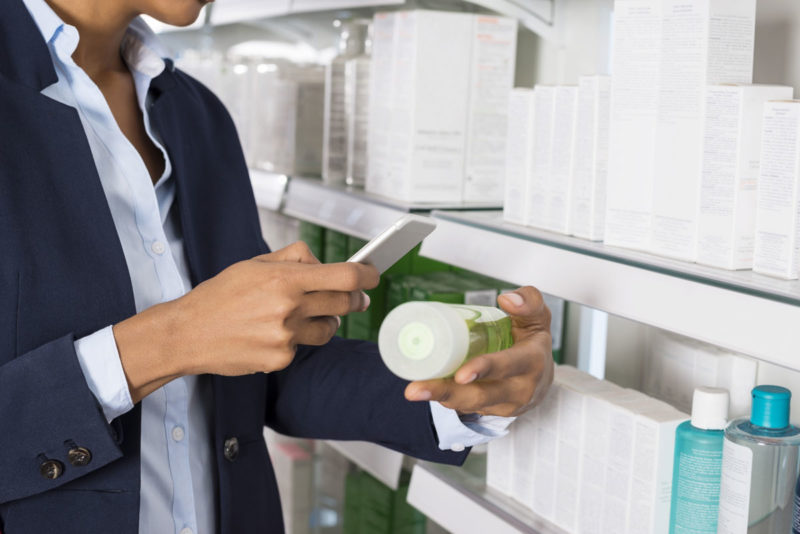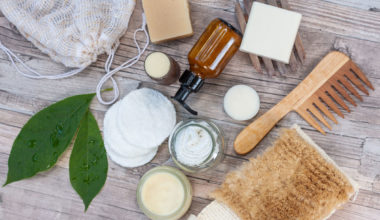Public health and environmental crises have further amplified the need for transparency, and the need to be more considerate of skin health and the planet. Consequently, they have also amplified distrust of controversial ingredients. This accounts for the success of Clean Beauty, and the specialised Clean Beauty apps that are the tools of choice for devotees of this new beauty movement.
Apps such as Yuka, Inci Beauty, Clean Beauty, QuelCosmetic, CosmEthics and Claire spot the presence of controversial ingredients, and assess how “clean” formulations are. Over the past four years, one third of the French population has downloaded at least one such app! Though they are not to be taken at face value, they do have the huge merit of keeping consumers informed and pushing brands to go more green.
What are these Clean Beauty apps for, exactly? Which one should you choose? What are their limitations? And most importantly, what’s the right way to use them?
Clean Beauty habits to embrace
Amid rising incidences of sensitive and allergy-prone skin, there is a glaring need for transparency regarding formulations, and the information provided by the authorities is said to be more objective than that given out by the brands themselves. Consumers want to be guided in their choice of product. Because with incomprehensible lists of ingredients that go on forever, ingredients being singled out as to blame for serious skin disorders, and substances that have a dubious health and environmental record, how can anyone form an opinion on how “clean” a beauty product is?
The right habits:
Decipher a long, incomprehensible list of ingredients
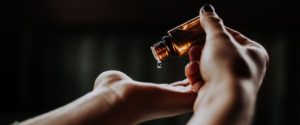
The INCI (International Nomenclature of Cosmetic Ingredients) list, which appears on each product using the Latin names, lists the ingredients in decreasing order of proportion. So it’s most important to check the first ingredients listed, to form an initial opinion. The Clean Beauty movement advises favouring products with a short list of ingredients, to avoid using lots of different substances on the skin.
Identify controversial ingredients
Many ingredients against which claims have been made have been the focus of media hype, which has amplified the anxiety-inducing aspect of this. The beauty industry has sparked off a number of controversies, the best known of which concerns parabens: preservatives that are suspected of being carcinogenic. The industry has compelled brands to take parabens out of their formulations, to the outrage of some scientists and various health authorities, who come to their defence stating that they are the most effective and safest preservatives.
So what happened? The French television programme “Envoyé Spécial” quoted from a book authored by a researcher establishing a connection between parabens and breast cancer. According to some researchers, they have been swapped with ingredients that are less effective and no safer. So who is to be believed? This controversy created a real climate of distrust.
Familiarise yourself with the ingredient blacklist
These are carcinogenic, mutagenic or toxic for reproduction (CMR) substances, endocrine disruptors, nanomaterials, allergens, irritants or substances suspected of various degrees of toxicity.
The most controversial ingredients are:
- Parabens and phenoxyethanol
- Mineral oils made from petrochemical oil, which is thought to suffocate the skin
- Silicons because they are heavy pollutants
- Certain sulphates like SLS, a surfactant (foaming agent) which is thought to be an irritant
- Aluminium salts, which are potentially carcinogenic
- Alcohol, because it’s very drying
- Fragrances because they contain allergens
- EDTA, a toxic preservative
- PEG polymers, which are obtained from pollutant toxic gases
Spot controversial packaging
A great deal of beauty products are overpackaged and use a lot of plastic. So Clean Beauty favours glass and aluminium, which are cleaner.
Which Clean Beauty app should you choose?



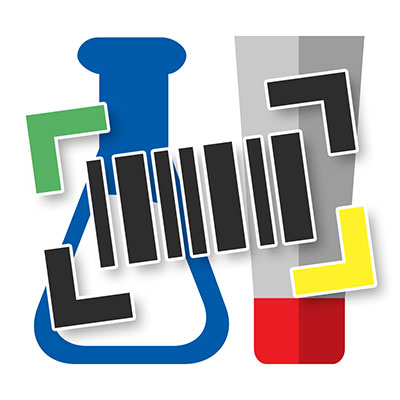
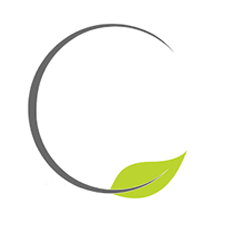
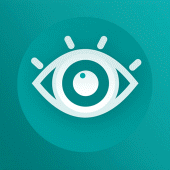
The fantastic advances made in Artificial Intelligence have made it possible to design Clean Beauty apps that can instantly check for the presence or absence of controversial ingredients, as they are called. But be aware that these Clean Beauty apps don’t all have the same algorithms. Some of them don’t analyse the formulation as a whole, but the ingredients considered individually. Some just decipher the formulation, and others consider the environmental impact as well, as a clean formulation alone does not equal a clean product. There is an increasing number of apps, and free ones at that, but they are all different. Some also offer a paid version.
Yuka, the beauty app that comes from the food industry

Like with foodstuffs, based on a scan, the app indicates the product’s impact on health with colour-coded risk levels, on the finished product and the ingredients. They appear in order of harmfulness (from most to least), and the reasons behind the risk are explained, citing scientific sources. Yuka scores the products out of 100, with points being deducted for the presence of each controversial ingredient. But it does not take the proportion of the ingredient into account, nor does it consider other factors like environmental impact.
There is also a difference in the scoring between French products and those from overseas. French regulations being more stringent, they compel producers to list all ingredients, which is not the case for some overseas producers. This is why they can get a higher score even if, for example, the fragrance in the formulation is full of allergens. The Yuka database is collaborative, and members can add new products (membership fee €14.99 per year). And if a product gets a low score, Yuka proposes alternatives.
Clean Beauty, the beauty app used by the pros
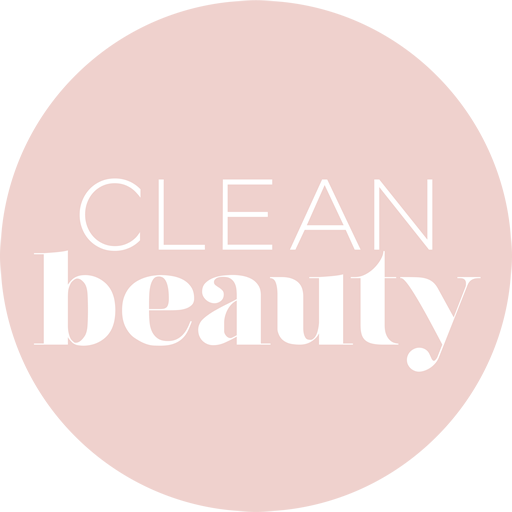
Created by a pharmacist, this Clean Beauty app does not assign scores to products, but informs the user in a documented way using a glossary of ingredients. Based on a photo of the list of ingredients, the app analyses them and detects any that are risky, as well as allergens, then explains why they are controversial. The app makes it possible to form an opinion on a product just by visiting the brand’s website to take a photo of the list of ingredients.
Created by a pharmacist, this Clean Beauty app does not assign scores to products, but informs the user in a documented way using a glossary of ingredients. Based on a photo of the list of ingredients, the app analyses them and detects any that are risky, as well as allergens, then explains why they are controversial. The app makes it possible to form an opinion on a product just by visiting the brand’s website to take a photo of the list of ingredients.
Inci Beauty, the beauty app that’s about proportions

This app lists ingredients in light of their proportions within the product, rather than their potential harmfulness. Because an ingredient can be totally harmless if it accounts for a very small proportion of the product, or harmful if its proportion is high. Each ingredient gets a score out of 20, and the product’s score also takes environmental impact into account. Ingredients that are harmful to the environment are deemed “not so good”. A list of alternative products is displayed, and the app also indicates outlets where the product can be found and at what price.
On top of all this, the app grades products according to their score. If you have disposed of the packaging, the search bar allows you to track down the product. It’s a community-based platform on which users can seek and share product reviews.
QuelCosmetic, the beauty app from Que Choisir

This app was developed by French consumer association UFC-Que Choisir. Based on the barcode scan, it assesses the product’s risk level according to the presence or absence of controversial ingredients, according to a list drawn up by UFC-Que Choisir itself. A plus point is that the risk analysis is run by product user demographic (babies, children/teenagers, pregnant women, adults…). This Clean Beauty app also proposes alternative products.
Cosmethics, the customisable beauty app

Having analysed the list of ingredients, the app alerts the user if a product contains controversial ingredients. A feature that some will find convenient is the ability to set up a custom alert for a given ingredient, for example if a user is allergic to a substance, vegan, or shuns a given ingredient.
Claire, the beauty app from the Federation

This app was created in November 2020 by the French beauty industry association (Fédération des Industries de la Beauté – FEBEA) and developed in conjunction with the French cosmetology association [Société Française de Cosmétologie]. It scans the INCI list and provides information on more than 25,000 ingredients. It takes some changes to formulations into account, even if brands don’t flag them up via the barcode. Its aim is not to assign scores to finished products but to enlighten the consumer regarding product ingredients with a data sheet on each one. Scanning the list brings up a given ingredient’s function and the reasons why it is (potentially) the focus of contention.
The advantages of using a Clean Beauty app
More and more consumers are concerned about the quality and safety of the cosmetic products they use. Faced with a multitude of ingredients and complex terms on packaging, it can be challenging to make the right choices. The advantages of Clean Beauty apps are:
Easy ingredient deciphering
The app provides detailed explanations about each ingredient, indicating if it is safe, potentially irritating, or toxic. This allows users to make informed decisions and choose products that are suitable for their needs and preferences.
Suggestions for safe and natural alternatives
Clean Beauty apps not only decipher ingredients but also suggest safer and more natural alternatives to conventional products. By analyzing the ingredients of a product, the app can recommend clean and green products that fulfill the same needs. For example, if you’re looking for a moisturizer without harmful synthetic ingredients, the app can suggest products made with organic plant oils or natural extracts known for their moisturizing properties.
Tracking brands and trends
Clean Beauty apps have the ability to track brand developments and provide information on new trends and discoveries in the cosmetics industry. They can inform users about brands adopting environmentally-friendly manufacturing practices, organic certifications, and quality labels. Additionally, they keep users updated on scientific advancements in cosmetic ingredients.
Encouraging transparency and accountability
Using these apps encourages brand transparency and accountability. Conscious consumers can share their experiences, rate products and brands, which influences the practices of the cosmetic industry. This fosters healthy competition and motivates manufacturers to improve the quality of their products.
The limitations of Clean Beauty apps
These apps are great information-based tools that prompt brands to “clean up” their products. They have gained a lot of power over the beauty market. Though this role begs mitigation, because not everything is black and white in the beauty sector, and the all-or-nothing verdicts issued by apps warrant a more nuanced approach.
Two pieces of advice for optimal use:
Different results
Different apps return different results. So which ones can you trust, and how do you find a point of reference? This is one good reason not to follow their verdicts blindly.
- They don’t all take into account the proportions of ingredients, the zone where the product is applied, whether or not it is to be rinsed off, or frequency of use.
- Several of them hide the environmental impact of products and working conditions. An ingredient can be completely harmless, but if it is produced by workers under pressure of high-frequency output, can the product really be deemed clean?
- Beauty formulations are very complex, whereas apps have to simplify things, and cut corners which change the conclusions reached. There is insufficient scientific data on some ingredients. So the issues remain debatable, but the app decides one way or another, even outside of any legislative framework.
- Applications can be subject to technical errors or human error (a product scanned incorrectly, detection of ingredients deemed harmful whereas they are not, or failure to detect those that are harmful). Plus, the databases quickly become obsolete… FEBEA estimates that 800,000 beauty products are on sale in Europe, and a third of them see their formulations changed every year!
You end up forgetting all about your skin

When you spend so much time focussing on products and disparaged ingredients, the atmosphere becomes anxiety-inducing and you end up forgetting all about your skin’s needs and your skin type. So you have to choose apps based on your own personal criteria. Because Clean Beauty apps do not all classify ingredients that are deemed risky in the same way. For example, on the face of it, an ingredient rejected by the app for being potentially allergenic poses no danger to you if you do not have a history of allergies.
Why are Clean Beauty apps shaking things up for brands?
Apps are a very useful information-based tool for consumers, lifting the veil on a degree of lack of transparency which is intentional on the part of brands. They corner producers and compel them to speed up and ramp up their “clean” approach. All the brands have now begun this process. These are Herculean tasks for big brands, which have a huge number of products to update, and drawn-out processes, but the budget to do so. They are just as challenging for small, more agile brands, which have fewer products but a small budget.
The development of this new more natural beauty movement, which is more considerate and transparent, is clearly the way forward. And this is just the beginning. Apps will have to embrace this change to take all factors into account: formulations, packaging and environmental impact. They must also provide information in a general sense to consumers who are increasingly demanding and mindful of consumer virtuousness.
One thing is for sure, transparency is now non-negotiable. And with apps on the scene, the Clean Beauty movement is not going to stop there.
FAQ
What is Clean Beauty?
Clean Beauty is a trendy movement that is revolutionizing the beauty industry by offering products that combine effectiveness with respect for your health and the environment. Clean Beauty prioritizes natural, safe, and non-toxic ingredients for radiant beauty and well-being. By choosing these healthier alternatives, you also contribute to the preservation of our planet. Additionally, this ethical approach promotes the use of sustainable packaging materials and supports animal-friendly practices. Embrace conscious beauty and let yourself be captivated by the magic of Clean Beauty!
What is the best cosmetics app?
Among popular apps dedicated to cosmetics, several stand out for their features and usefulness. “Yuka” is often considered one of the best. It allows you to scan the barcodes of cosmetic products to obtain information about their composition and their impact on health. “Inci Beauty” is also highly regarded for its ingredient evaluation and rating system. “Clean Beauty” offers a selection of non-toxic and environmentally friendly products. “QuelCosmetic” and “CosmEthics” provide detailed information about product components, while “Claire” offers personalized recommendations. Choose according to your specific needs and preferences!


